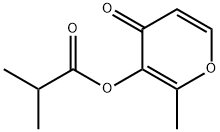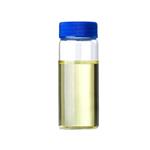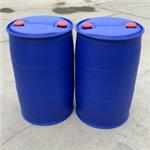The plant, native to China, was introduced into Europe after the
orange. The tree is cultivated throughout the Mediterranean, where
the tangerine variety also grows. Tangerine and mandarin are
botanically identical, both being C. reticulata Blanco. The mandarin fruit is ellipsoidic, while the tangerine fruit common to the
United States is more nearly like the original fruit from China;
tangerine is more orange in color than mandarin. In Italy, mandarin
is cultivated together with other citrus fruits in Sicily and Calabria
on an industrial scale. The parts used are the leaves, small twigs,
unripe fruits, fruits, and the rind. Mandarin has a pleasant, orangelike odor and a sweet-sour taste.
The petitgrain essential oil of mandarin is obtained by steam
distillation of leaves, small twigs, and unripe fruits with yields of
about 0.3%. The oil is produced in several mandarin-growing areas
(especially Algeria); however, production is somewhat limited.
The oil exhibits a fruital odor and a yellow-amber fluorescent
color. The oil contains α-pinene, dipentene, limonene, p-cymene,
methyl anthranilate, geranaiol, and methyl methylanthranilate.






